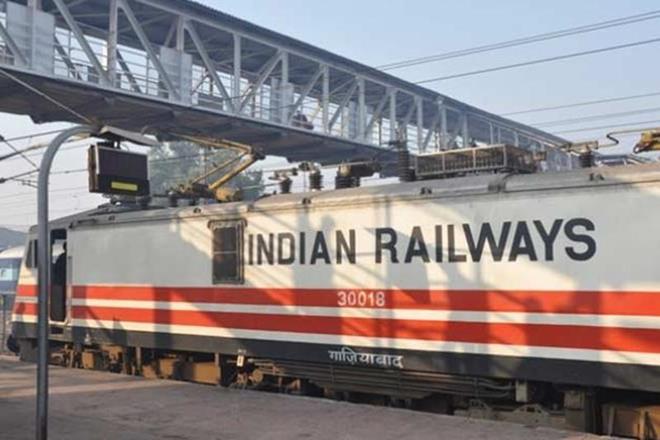With low-cost airlines steadily eating into the railways’ share of long-distance travel for the upper segments, the transporter’s strategy to retain traffic centres around much faster travel times coupled with more amenities like on-board entertainment and Wi-Fi facilities. So, if the Delhi-Mumbai Rajdhani, for instance, can leave at 8 in the evening and arrive the next day at 8 in the morning, this will be ideal for travellers who want to finish their work for the day and reach in time for meetings the next day — without having to pay for an overnight stay. As part of this, the railways will spend Rs 18,000 crore to upgrade the Delhi-Mumbai and Delhi-Kolkata routes to increase train speeds from 110 kmph to 160 kmph. This will include fencing tracks, upgrading tracks and track infrastructure/signalling, power plants along the route, etc. Thanks to the Tejas, it is already making better quality coaches and with two new engine factories being set up, better locomotives are also on their way.
Unlike in the past, the railways won’t tender each part of the work separately but will bid out for end-to-end solutions. The winning bidder will have to get contractors to work on the entire fencing, upgrade all the tracks and signalling, and work on upgrading the power plants, building ROBs, etc — according to an official, even the time at which various sections of the track will be shut for upgrading will have to be specified in advance.
Also Watch:
A large part of the new plans are based on the Dedicated Freight Corridor being completed by March 2020 and half of this will be functional by December 2018. With freight occupying 30-35% of railway infrastructure, the DFC allows the railways to increase the speed of existing trains. The railways has been losing passenger traffic since 2012 but in FY17, passenger traffic grew to 822.1 crore passengers from 815.1 crore in 2015-16. During the first three months of the current financial year, too, passenger traffic is up around 8.5%. Thanks to surge-pricing and introduction of new categories of trains such as Tejas and Humsafar, the carrier for 2016-17 was able to increase its passenger earnings by Rs 1,996 crore over 2015-16. The revised estimates for 2016-17 of Rs 48,000 crore though remained unmet as the railways managed to garner Rs 46,279 crore.


